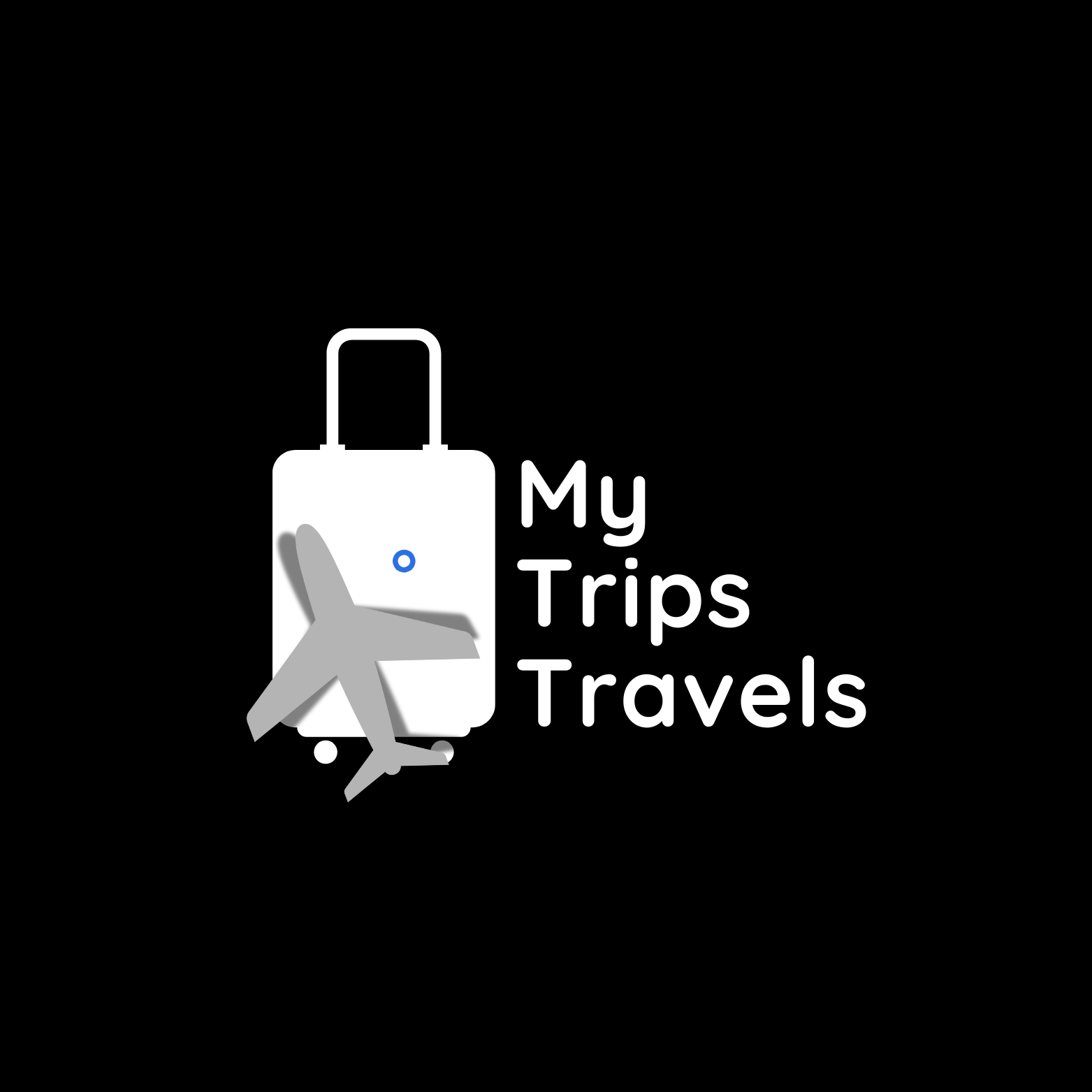Why One-Way Flights Are Sometimes More Expensive Than Round Trips
When planning a travel trip, many travelers assume that one-way flights should cost less than round-trip options. After all, you are only paying for half the journey. But surprisingly, that is not always the case.
In many situations, a one-way ticket costs the same or even more than a round-trip flight. If you have ever found yourself wondering why this happens, you are not alone.
Let us explore the real reasons behind this confusing airfare pricing strategy and how you can work around it. If you are unsure about online options, just Call Now and speak to our representative who can guide you through the Air Ticket Booking process.
The Strategy Behind Airline Pricing
Airlines use complex pricing strategies that are based on demand, competition, and customer behavior. These companies do not set fares randomly. Instead, they use advanced algorithms that analyze thousands of factors, including booking time, destination, travel dates, and even search behavior.
Most airlines, especially legacy carriers, focus on selling round-trip tickets. That is because they target business travelers who often book last minute and pay higher fares. Since business travelers tend to book one-way flights at short notice, airlines take this as a sign to increase prices. These price adjustments make one-way fares more expensive than round trips, which are often booked in advance by leisure travelers.
Market Segmentation and Pricing
Airlines use market segmentation to offer different prices to different types of travelers. Leisure travelers usually plan vacations or family visits and prefer lower prices. They often book in advance and choose round trips for better value. On the other hand, business travelers are less price-sensitive. They value flexibility and are willing to pay more for a one-way airline flight when needed.
So, when you book a round trip, you are more likely to receive a discounted fare because the airline sees you as a price-sensitive traveler. But if you only book one leg, the system assumes you are a business traveler and offers a higher price. It is part of the airline’s way of maximizing profits based on traveler behavior.
Competition and International Routes
International airlines sometimes price one-way tickets higher than round trips due to lower competition on certain routes. In domestic travel, especially within regions like the United States or Europe, budget airlines have created more competition and flexibility. This has led to more affordable one-way fares.
However, in international travel, legacy airlines dominate certain routes and can control pricing. Since travelers may not have many alternatives, one-way tickets are often priced much higher. Additionally, many carriers prefer customers who fly both ways because it is easier to manage capacity and revenue forecasting.
If you are booking an international trip flight, it is often more cost-effective to choose a round-trip ticket, even if you do not plan to use the return leg.
Hidden City Ticketing and Fare Tricks
Another reason for the pricing gap is something called “hidden city ticketing.” Some travelers try to save money by booking a round-trip flight that connects through their actual destination, then skipping the final leg. This practice helps passengers find cheaper fares, but airlines dislike it. To discourage this, they sometimes raise the prices of one-way tickets to ensure passengers do not game the system.
However, this strategy carries risks. It can violate airline policies, result in the cancellation of return flights, or lead to frequent flyer penalties. So, while it is a known hack, it is not recommended for regular use.
Tips to Save on One-Way Flights
Before you Book Flight tickets, here are a few tips to help you avoid overpaying:
Use Travel Aggregators Wisely
Websites like Expedia Flights or Priceline allow you to compare one-way and round-trip fares easily. They also show you options from multiple carriers, which helps you find the best route at the lowest cost.
Be Flexible with Travel Dates
Shifting your travel dates by even a day or two can significantly impact your airfare. If you are flexible, you might find cheap travel options that cost far less than fixed-date tickets.
Check with Budget Airlines
Budget carriers often offer competitive one-way fares. They target price-sensitive travelers, making them a great option for finding better travel deals.
Combine Different Airlines
Sometimes, it is cheaper to buy two separate one-way tickets from different airlines instead of a single round-trip. For example, you might fly out on one airline and return on another. Look for Delta Tickets or other individual carriers that offer affordable one-way fares.
Book Through Trusted Channels
Whether you are using a travel site or calling directly, make sure you choose platforms that offer best Customer Service. If you are unsure about online options, just call now and speak to a representative who can guide you through the air ticket booking process.
The Bottom Line
There is no single rule that explains all airfare pricing. The cost of a one-way flight depends on multiple factors, including your route, airline, demand, and booking behavior. Airlines have built pricing systems that favor round trips because they reduce risk and help fill planes efficiently.
So the next time you are booking flight tickets and see a surprisingly high price for a one-way fare, remember that it is not a mistake. It is the result of a carefully designed strategy that serves the airline’s goals. By staying flexible, using smart tools, and comparing prices through trusted platforms, you can still find great deals and enjoy a smooth travel trip experience.

